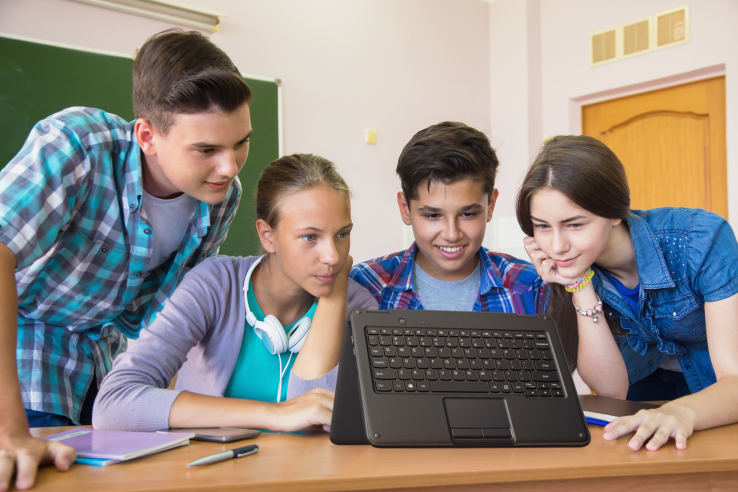

Say what you will about Chromebooks, there’s little question that Google’s low-cost offerings have reignited edtech. Last May, Microsoft fired its shot across the bow with Windows 10 S — a dumbed-down version of its operating system intended to take on the Chromebook with ultra-cheap hardware.
This week at the Bett education show in the U.K., the company’s showing off a quartet of new devices, designed by Lenovo and JP, a hardware OEM that’s been a longtime partner in developing markets.

Lenovo’s got the cheapest PC of the bunch — the 100e, which hits that $189 price point the company’s been talking up for the space. Aside from price, it’s not exactly the most compelling piece of hardware, but then, that’s not really the point here. For most schools, price is one of the biggest driving factors when you’re buying systems in bulk.
More compelling is the Lenovo 300e, which comes in at $299. That price will get schools a convertible two-in-one PC that ships with a pen. Microsoft’s no doubt excited at the prospect of getting that form factor into young hands as it works to build out the space on the high-end with its Surface line.
And while Windows 10 S isn’t the lightweight browser-based experience you get with Chrome, it’s optimized to run on suboptimal pieces of hardware. As Microsoft will handily point out, as well, the company’s Office applications are still among the most sought after software skills for recent graduates.

Applications like Word and Excel still have an advantage over Google’s comparable offerings from a business ubiquity standpoint. The company’s also sweetening the pot a bit by tossing in Office 365 for Education free for teachers.
Other education-based Office additions include dictation for Microsoft Learning Tools recording in PowerPoint for teachers and iOS and Android versions of the Teams digital hub. Microsoft also is adding chemistry curriculum to its popular Minecraft: Education Edition. The new track adds chemical compounds and other chemistry-based learning to the educational game.

